POLAND
STANISŁAW LEM
On March 27, 2006, Stanisław Lem died one of the greatest science-fiction writers in the world, philosopher, futurologist and critic. He is the most frequently translated Polish author - his books have been published in over 40 languages. He was extremely valued not only in Poland, but also abroad. His books have sold over 30 million copies Some of the fans and connoisseurs of Lem's literature claim that he was a brilliant clairvoyant. Many of his texts can be regarded as a forecast for the future, especially in terms of technology development. So what did Lem manage to predict?
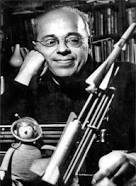
Network - Internet
The theme of the network, which includes many machines working together and thus increasing their efficiency, appears many times in Lem's works. He wrote about it in "Astronauts" and also "Dialogues", where he claimed that as a result of the gradual fusion of all IT machines and memory banks, continental and then even planetary computer networks would be created, and that this is the most realistic direction of development ("Dialogues ", 1957). Stanisław Lem wrote about the concept of the Internet in the late 1950s, and the beginnings of the network date back to the late 1960s, which is almost 10 years later! In the novel "The Magellanic Cloud" people have universal access to a gigantic database, which they use in their homes using small devices that act as receivers. The description of the Internet as a source of information and small routers located in our homes clearly proves how visionary Lem proved to be in his predictions
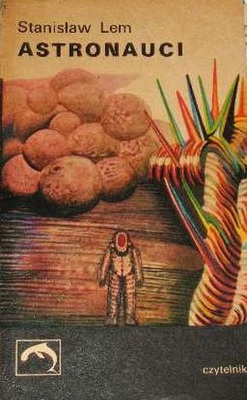
Smartphones
In the same book, Lem described an early version of a smartphone, i.e. a small portable TV enabling instant access to data from the Trion Library. The next excerpt from the "Magellanic Cloud" could very well be a reprint from the modern press:
We are using it today without thinking about the efficiency and power of this huge, invisible network that surrounds the globe; whether in his Australian studio, in the lunar observatory, or on the plane - how many times each of us reached for the pocket receiver, calling the central office of the Trion Library, exchanged the desired work, to have it in front of us on the TV screen in a second. Nobody even wonders that thanks to the excellence of the devices, any trion can be used by any number of recipients at the same time, without disturbing each other in the least.
The description is surprising, and maybe even terrifyingly relevant today, and many airlines now offer Wi-Fi access on board. It is worth remembering that these ideas arose in Lem's mind at a time when the average computer was only in a really large room. The very idea of the internet sprouted in the brains of researchers in the late 1960s, and it only materialized two decades later.
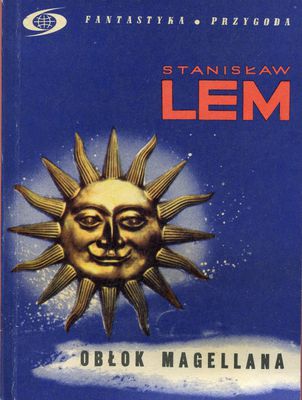
Data storage method
In the world created by Lem in the "Magellanic Cloud" the available knowledge was stored in a very modern way. There was neither paper nor celluloid - all information and cultural achievements were kept on specially designed quartz particles. What the Polish futurologist described reminds us of our good flash drives!
Readers and ebooks
One of the most interesting visions of the great writer for all book moles was the announcement of the existence of ebooks, audiobooks and tools on which they can be played and stored. The description of their functioning and appearance is reminiscent of what they look like today. He described them for the first time in the novel "Return from the Stars" from 1961
"The bookstore resembled, instead, an electronic laboratory. The books were crystals with recorded contents. They could be read with the aid of an opton, which was similar to a book but had only one page between the covers. At a touch, successive pages of the text appeared on it."
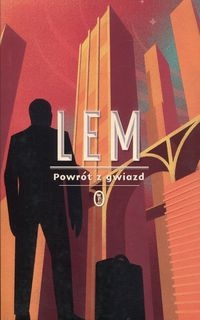
Simulation games that reflect real life
One could venture to say that if it wasn't for Lem's "Cyberiada" there would be no Sims. The creator of the game admits that it was this book that was his direct inspiration. It describes the experiments of two heroes - Trurl and Klapaucius - who created many artificial worlds to be able to freely develop their civilizations, direct their fate and playing God, decide the fate of a given world - just as we do today, playing even in the aforementioned Sims already.
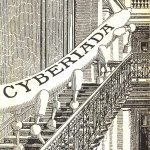
Virtual reality
With the development of virtual technologies and an increasing number of devices - which stare at us with their electronic blinds from behind almost every corner and every advertisement - VR, or virtual reality, may seem like another great hit of the year 2017. But Lem wrote about her (calling her a phantom) convincingly already in 1964, i.e. long before Western futurists, who are credited with the authorship of this term, came up with the idea of creating a new reality.
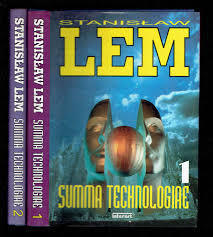
In the book "Summa Technologiae" Lem describes a machine, called a phantomaton, which is able to create alternative realities almost indistinguishable from "real" reality. What's more, Lem saw this technology as functioning on many levels. This means that a person leaving one virtual reality did not necessarily return to the "real" one. He could choose from various alternative simulations, never being sure if the chosen reality was the "original" or real world. This would undoubtedly lead to the blurring of the line between truth and fiction, which Lem perceived as a threat.
The Matrix, or Great Simulation
The analysis of Lem'sphantomatic phenomenon is frighteningly close to the concept of the perfect simulation, which we know from films such as "The Matrix" or recently the series "Westworld". Interestingly, one of the examples given by Lem there is a virtual trip to the Rocky Mountains, during which as a result of an error - due to the removal of electrodes by the user - there is an earthquake and collapse of houses.
Lem's own dystopian vision of a great simulation appears on the pages of a 1971 novel entitled "Futurological Congress". It is related to Lem's concept of "cerebromatics", i.e. interaction directly on the brain with the use of chemical substances. In 2013, the novel moved to the screens of Ari Folman.
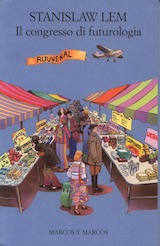
TURKEY
Bursa Muradiye
SDG 9 Industry, innovation, infrastructure
"Ragman and His Sons" is a novel written by Orhan Kemal. It's about the positive and negative effects of industrial developments in the city life.
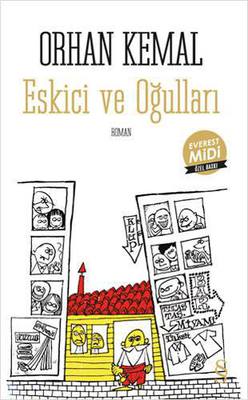
NEDJELJKO FABRIO:Vježbanje života
Ovaj povijesni roman prikazuje nastanak jednoga golemog industrijskog i lučkoga središta, hrvatskoga grada Rijeke.
Priča je to o inovacijama, razvoju industrije i infrastrukture, ali i o egzistencijalnoj drami obitelji koja se nalazi u samome središtu složenih povijesnih procesa.
This historical novel shows the emergence of a huge industrial and port center, the Croatian city of Rijeka. It is a story of innovation, the development of industry and infrastructure, but also of the existential drama of a family at the heart of complex historical processes.

Innovation: a COLLECTIVE BOOK
International competition, changing production conditions and changes in consumer standards are making innovation the most important component of European development today. Creating an environment to promote innovation is becoming more and more necessary. This environment depends on the collectivity of local agencies, business cooperation, technology transfer, infrastructure that provides services for the dissemination of information, communication and training. This book examines the technological structure of Greek industrial sectors and regions, the specialization of local production systems, and analyzes policies for the formation of an innovation environment in Greece. (From the presentation on the back cover of the book)
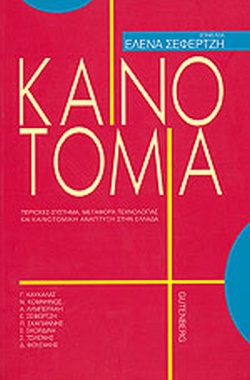
https://docs.google.com/forms/d/1cARfyKZcm2F6uvodNwZcLujA70AtCSLkUilq-MW38uE/edit?usp=sharing